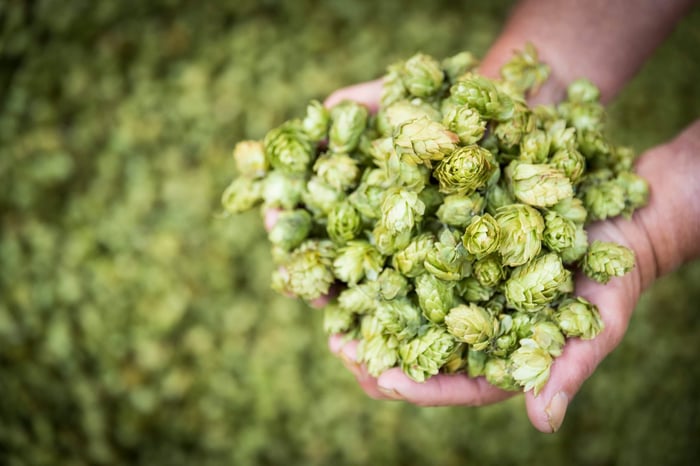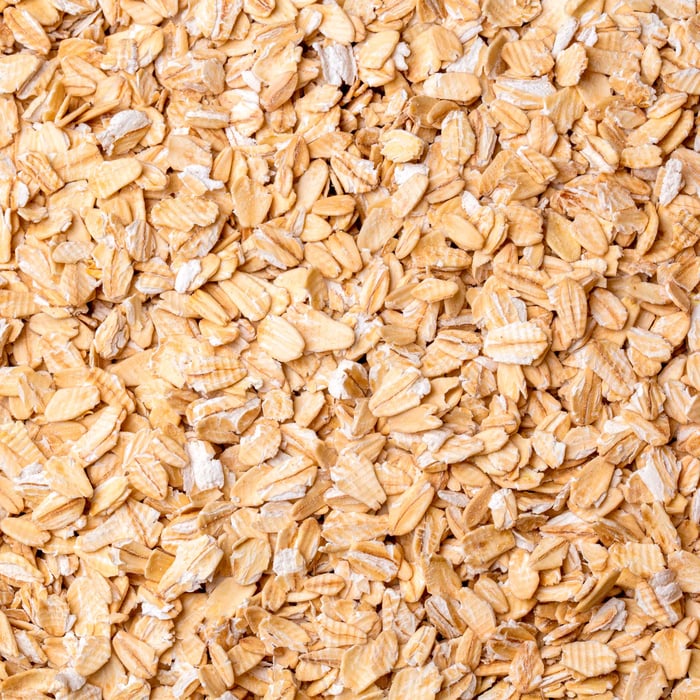Australian home brewers are taking their craft seriously, and step mashing represents a logical next step for anyone wanting to move beyond basic brewing into genuine artisanship. If you've mastered single-temperature mashing and are ready for more sophisticated techniques, this approach offers real advantages for creating distinctive beers.
What Makes Step Mashing Different
Rather than maintaining one temperature throughout your mash, step mashing involves systematic temperature increases through calculated stages. Each temperature range activates specific enzyme systems that influence your final beer characteristics. Think of it as conducting an enzyme orchestra rather than playing a single note.
The technique developed when malts were less modified than modern varieties, but its relevance extends far beyond historical necessity. Today's step mashing serves beer character development and brewing precision rather than basic conversion efficiency.
The Enzyme Environment
Understanding enzyme behaviour transforms step mashing from mysterious ritual into logical brewing tool. Each enzyme type demonstrates peak activity within specific temperature ranges, but they don't operate like on-off switches. Instead, enzymatic activity gradually increases and decreases as temperatures change, creating overlapping biochemical processes throughout your mash programme.
This overlapping activity explains step mashing's complexity advantages. You're managing multiple simultaneous reactions rather than sequential ones, allowing for sophisticated wort development that single-temperature mashing cannot achieve.
Critical Temperature Ranges
35-45°C | Acid and Beta-Glucan Management Originally developed for mash pH control, this rest remains valuable for specific brewing applications. Modern water chemistry makes the acidification aspect less critical, but beta-glucan breakdown proves genuinely useful for adjunct-heavy grain bills.
Australian craft brewing increasingly incorporates oats, wheat, and other adjuncts that introduce beta-glucans. These compounds create viscous, difficult-to-lauter worts that frustrate brewers. Extended rests (45-90 minutes) at these temperatures break down beta-glucans, ensuring smooth lautering and cleaner finished beers.
43-45°C | Ferulic Acid Liberation This precise temperature window releases bound ferulic acid, providing precursor compounds for phenolic flavour development. Whilst not traditional for Australian beer styles, it proves valuable for brewers exploring German wheat beer styles or experimental phenolic character.
44-59°C | Protein Modification Exercise extreme caution with protein rests. Modern Australian malts demonstrate excellent protein modification, making additional breakdown potentially harmful to beer quality. Protein rests typically reduce head retention and beer body—characteristics most styles require.
Reserve protein rest applications for unusual circumstances: extremely high-protein adjuncts, persistent haze problems, or specialty grain bills that specifically require protein reduction.
61-71°C | Saccharification Optimisation The saccharification rest represents step mashing's foundation. Two primary enzymes drive starch conversion:
Beta-amylase (optimal 60-63°C): Produces maltose and highly fermentable sugars, creating dry, well-attenuated beers
Alpha-amylase (optimal 68-72°C): Generates longer-chain sugars that contribute body, mouthfeel, and residual sweetness
Practical Australian Applications
Consider brewing a crisp Australian lager suited to hot climate consumption. Begin saccharification at 61°C for 40 minutes to maximise fermentability, then raise to 66°C for 20 minutes to maintain minimal body. This creates refreshing, highly attenuated beer perfect for Australian conditions.
Alternatively, crafting a robust Australian ale with significant oat content requires different strategy. Start with acid rest at 40°C for 60 minutes to manage beta-glucans, then proceed to 63°C for primary conversion. This approach delivers smooth mouthfeel without extraction complications.
Equipment Advantages
Modern brewing systems provide temperature precision that makes step mashing straightforward and reliable. Automated programming eliminates the manual temperature management that complicated traditional step mashing, allowing brewers to focus on recipe development rather than process execution.
Strategic Implementation
Successful step mashing requires understanding when these techniques serve your beer's development versus when they represent unnecessary complication. Not every beer benefits from step mashing—the technique should address specific brewing goals rather than demonstrate brewing knowledge.
Australian brewing culture values both innovation and practicality. Step mashing embodies both qualities when applied thoughtfully, offering serious home brewers tools for creating beers with professional-level complexity and character.
The technique transforms good brewers into great ones by providing additional control over beer development. It's about crafting beers with intention and precision rather than hoping for acceptable results.
Grainfather Team










